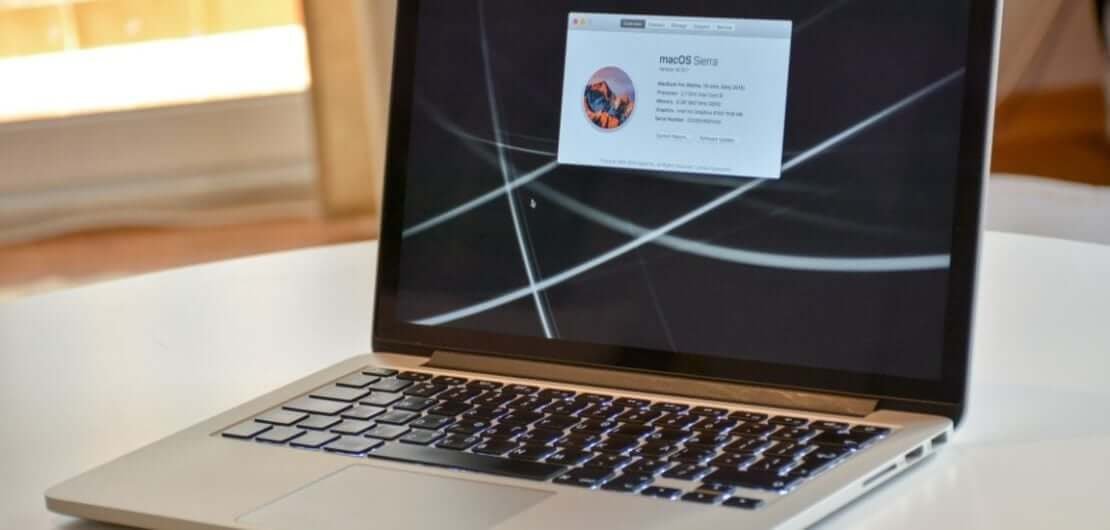
There are two physical types of hard drives: a solid-state drive (SSD) and a traditional hard disk drive (HDD). This is usually a hard drive that is physically inside your Mac.įor more advanced users, I’d like to address some additional options you have with your startup disk.Įvery hard drive is a high-capacity and self-contained storage device containing a read-write mechanism. The startup disk is the hard drive where your computer’s operating system and applications are installed.

Note: this article covers how to free up extra space on your startup disk within macOS®. While writing this piece, I saved a whopping 57.84 GB of data took time, patience, and help from Parallels Toolbox utilities for Mac. Don’t worry, there is a version of Parallels Toolbox for Windows, too! However, I want to dive right into my powerful tips to help you clear space on your Mac without spending hundreds of dollars or wasting your most valuable resource: time. Seeing this startup disk notification on your MacBook® or iMac® can be alarming and worrisome-but never fear, there are plenty of options for users to try and free up space on your Mac hard drive.

This notification indicates a lack of free storage on your Mac hard drive.


Please delete some files.” The scary notification looks very similar to this: Mac® users everywhere dive into panic mode when that dreaded warning pops up: “Your startup disk is almost full.


 0 kommentar(er)
0 kommentar(er)
